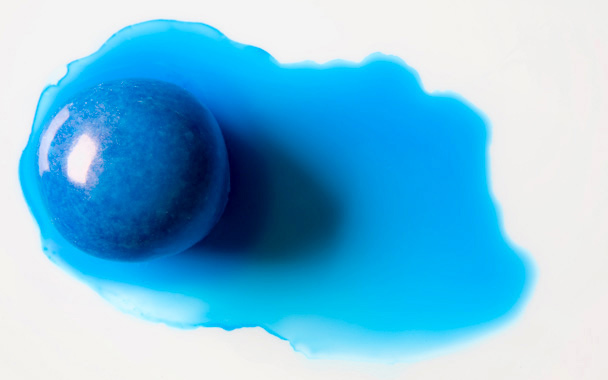At best, artificial food colorings are unnecessary (there is often a natural substitute) and deceitful (they make non-nutritious food visually appealing by mimicking the colors of healthful fruits). At worst they are harmful because, according to some studies, they exacerbate the conditions of kids with hyperactivity and other behavioral problems.
But take a look at a bottle of “fruit” juice, a box of breakfast cereal, or a container of gelatin dessert—foods that are heavily marketed to children—and you’re liable to find Yellow 5, Red 40, Blue 1, Green 3, and several other fake colorings listed in the small print of the ingredients label. The dyes are so ubiquitous that it’s almost impossible for concerned parents to keep them out of their children’s mouths.
Earlier this month, legislators in Maryland began debating a bill that would ban the harmful artificial food dyes in the state by 2012. Introduced by state Sen. Norman Stone, the bill would require that in the meantime foods and beverages containing the dyes carry warnings.
Last summer, the Center for Science in the Public Interest (CSPI), a consumer advocacy group, petitioned the FDA to institute a nationwide ban on the substances, noting that they were already being phased out in the United Kingdom, without any apparent ill effect on manufacturers. The CSPI reported that foods such as Lunchables, M&Ms, Starburst Chews, and the strawberry sauce atop McDonald’s sundaes all use artificial coloring in the United States. In Britain, they use natural colorings, or none at all.
Weaning a child from artificial colorings can have dramatic effects. In a release from the CSPI, Judy Mann, a mother from Silver Springs, MD, said she spent years trying to find the cause of her son’s behavioral problems. “For a long time, we thought the culprit was sugar,” she said. “But when we started carefully monitoring everything he ate we were able to see that artificial dyes and preservatives were the problem. Since eliminating them the change has been positively stunning.”
It would be even more stunning if the FDA were to follow Sen. Stone’s lead in standing up to food manufacturers who put profit before the health of our kids.


